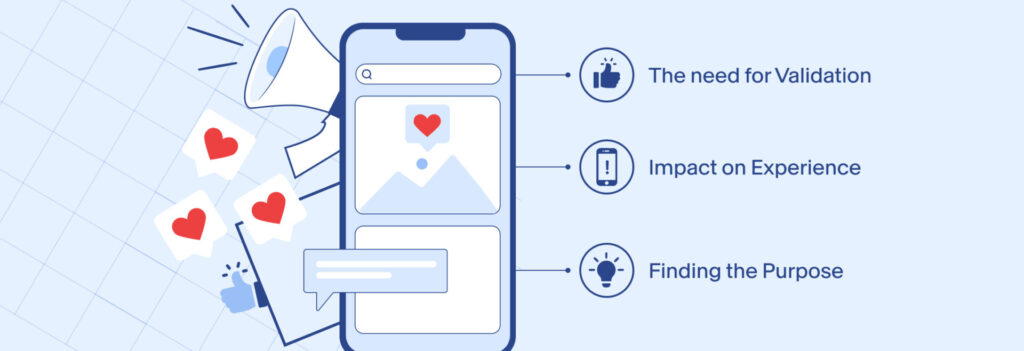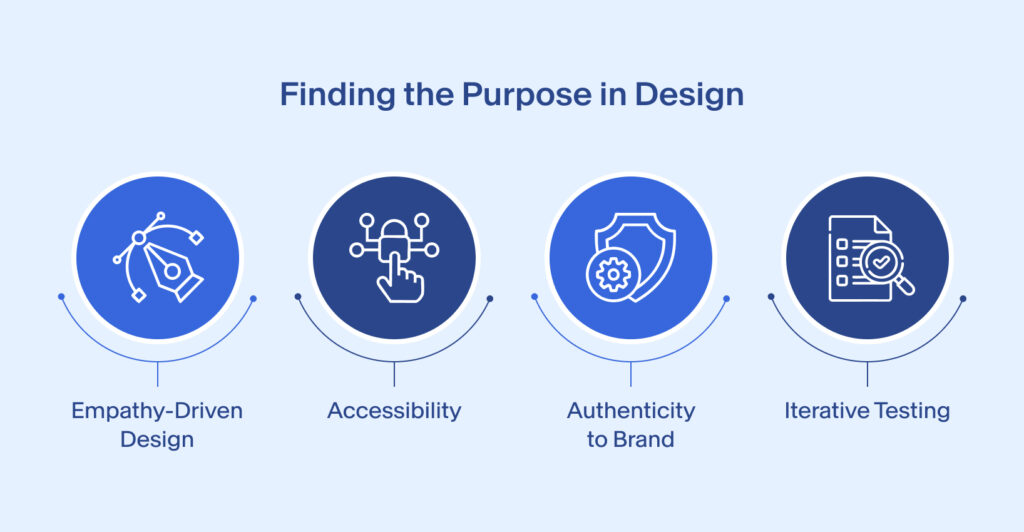In today’s digital landscape, the appeal of likes, shares, and the consistent need for an increase in followers has become a dominant force shaping design decisions. The network of digital products and platforms has become tighter, with their instant feedback mechanisms, which have turned design into a performance art, for the users, as well as the algorithm. This evolution presents critical questions about the shift in approach and purpose of design in the age of virality.
Stuti Mazumdar - May 2025

The Science Behind This Need for Validation
First, let’s unpack what designing for “likes” really is. A continuous pursuit of online validation can influence designers to prioritize feedback from peers and followers over the needs of the end-user on aspects of design that warrant immediate gratification. This validation loop may lead to design choices that favor the “virality” rather than long-term usability.
As Don Norman emphasizes in his work on emotional design, truly effective design must resonate on emotional and behavioral levels, balancing aesthetic appeal with functionality and meaning.
The Impact on User Experience
Designs optimized for likes may achieve visual appeal but may fall short in functionality and accessibility. The emphasis on surface-level aesthetics can lead to interfaces that are intuitive for some (new-age users of your digital product) but alienating for many who may not be well-suited to this design style, particularly users with disabilities. For instance, the widespread adoption of dark mode caters to user preferences for reduced eye strain and battery conservation, yet without proper contrast considerations, it can hinder readability for visually impaired users.
The Algorithmic Aesthetic
Platforms like Instagram and Dribbble have cultivated a specific visual language—minimalist layouts, pastel color palettes, and symmetrical compositions—that consistently garner user engagement, as that’s the north star goal of these platforms. Designers, in pursuit of designing for visibility and commonly recognized design patterns, often conform to these trends. Hence, they end up prioritizing aesthetics that align with popular apps and products over user-centric considerations.
To combat this, it is ideal that UX professionals spend time conducting thorough research on the identified target audience, finding their pain points, and solving for them through seamless and intuitive experiences.
Finding the Purpose in Design

To counteract the influence of metrics-driven design that is continually clouding the judgment of corporations across the globe, it’s essential to refocus on user-centered principles:
- Empathy-Driven Design: Understanding the diverse needs of users and the contexts, ensuring no part of the experience is misplaced, and that designs are inclusive yet functional for everyone.
- Accessibility: Prioritizing features like high contrast, scalable text, and keyboard navigation to support a wider range of users.
- Authenticity to Brand: Product design should communicate the brand’s values and mission, fostering trust and engagement beyond superficial appeal.
- Iterative Testing: Consistently engage with real users throughout the design process to help validate decisions and uncover areas for improvement.



